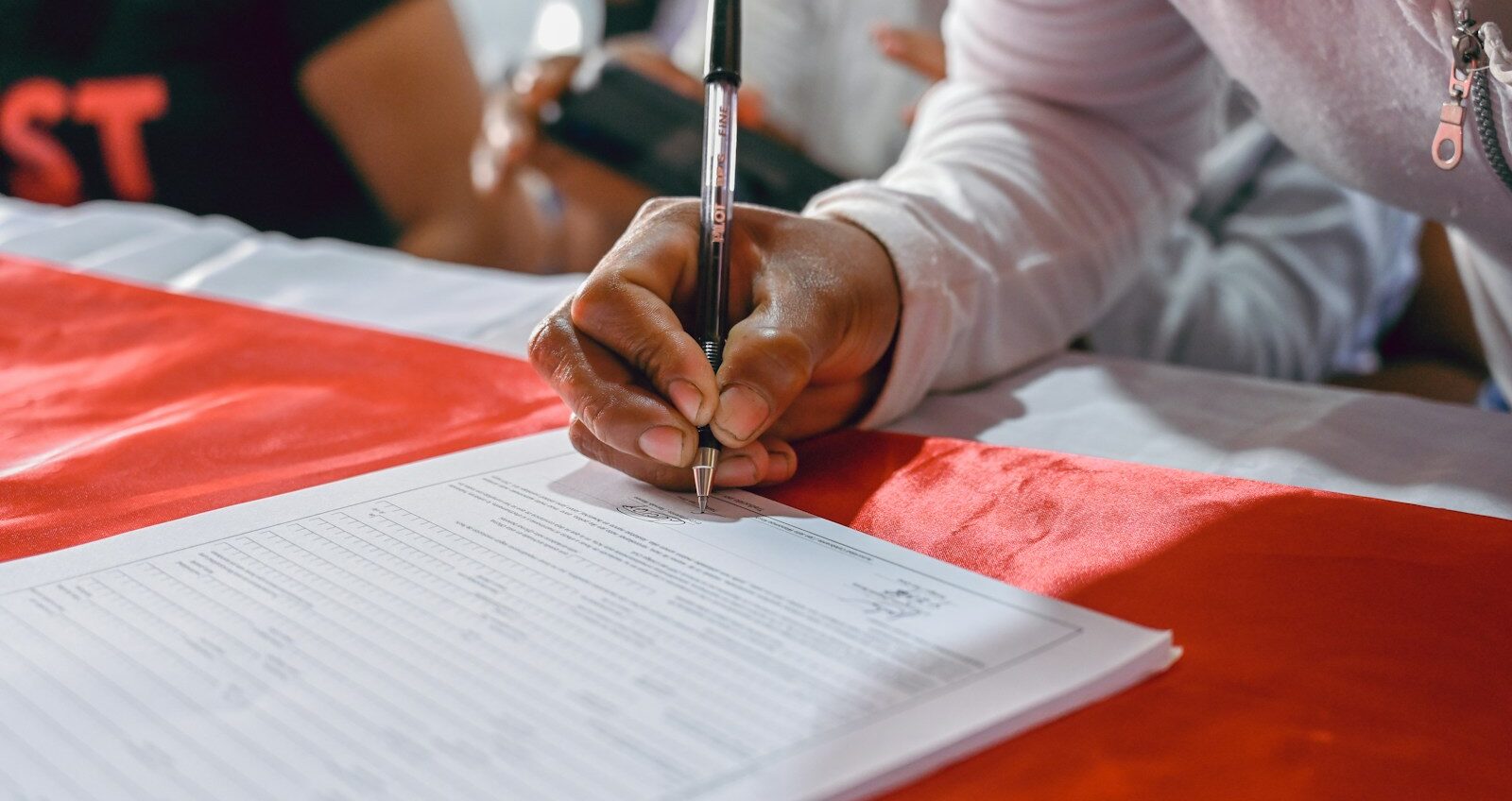While preparations for the end of the year are underway, most of us are also thinking ahead to the raft of team offsite days that will be held in early 2020. There’s no rest for the wicked!
Offsites should feel very different to regular meetings.
Here are a few tips to help you design and run really successful team offsite meetings in 2020.
1. Leave plenty of time to plan
I suggest starting at least 60 days before the event. This is when you work with the team leader to identify meeting objectives, potential topics and seek input from the team. By the time you are six weeks from the event you should have a pretty solid agenda and can start getting into session design.
2. No Powerpoints and no technology on the table
Offsites should feel very different to regular meetings. Information sharing can be done in advance so participants can reflect on that information, ready to make informed contributions on the day. Pens, paper, post its and flipcharts are better than Powerpoint presentations to encourage creative thinking and getting out of the weeds.
3. Be ruthless about the agenda
Issues that should be discussed at offsites include direction setting, team dynamics, creative thinking, planning and issues of principle. Operational issues, reporting or personal hobbyhorses should not make it on to the agenda, even if it seems like a good opportunity.
Offsites shouldn’t feel hierarchical – they should be owned by the whole team.
The kind of headspace you need for strategic, big picture, innovative thinking is completely different and you will lose that if you slip operational issues in to the agenda.
4. Share the facilitation and delegate ownership of topics
Offsites shouldn’t feel hierarchical – they should be owned by the whole team. That doesn’t mean a committee designs the agenda, the team leader has the final say, but individuals from the team may ‘own’ agenda topics, design their own session, lead that session and collate the next steps. The less the leader is standing in front of the room, the better.
5. Be clear on meeting outcomes and don’t get off track
Offsites don’t always make a difference to the business. People have a great time and expectations are high, but then nothing changes. It’s partly your job to make sure something is different as a result of this investment of time and energy. Ensure that decisions are made, actions are assigned, deadlines are set and all of these are regularly reviewed in operational meetings and at your next offsite.
6. Hold offsites throughout the year
I recommend that senior teams go away quarterly. The one at the start of the year is the big one. The rest are for reconnection with the objectives and strategy, refinement and tweaking, holding each other to account and reinforcing team cohesion.
[cm_form form_id=’cm_65a14c3f5da64′]
You can download my FREE Plan Your Offsite Guide here. You’ll receive a team offsite agenda template, recommended ground rules and timelines plus eight days of advice in your inbox to help you plan a really effective team offsite.
Interested in this topic? Read What the heck is wrong with meetings?










